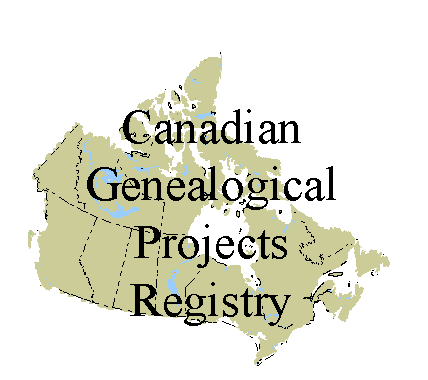

© 2002-06 AFHS
18 Jul 2002
Canadian Copyright Law
|
There are some significant differences between Canadian and American copyright law so do not be guided by American information on copyright without checking on whether it also applies in Canada. What is Copyright?Copyright legally protects the rights of the creator to control his or her original creation. Examples of creations which are protected by copyright are: books, articles, letters, emails, photographs, maps, music, art, computer programs. Copyright makes it illegal to copy significant parts without permission. Copyright is automatic in CanadaIt is not necessary to register your copyright or to use the copyright symbol. Copyright exists for all original works as soon as the work is created. Exception to Copyright Restrictions - "Fair Dealing"It is okay to copy a portion of a work if the amount being copied is "fair" and it is for 1 of 5 permitted purposes: research, private study (e.g.,. for genealogical research), criticism, review or news reporting. If you are copying more than a "fair" part of a work or going beyond research and private study, then you should seek permission. For example, if you are creating a web site or writing a family history book for even limited distribution. It does not matter whether you are using the copyrighted material for a commercial or non-commercial purpose. Copyright ExpiresThe general rule is that copyright lasts for the life of the author plus 50 years. Once copyright expires, the work is in the public domain and anyone can make copies for any purpose without permission. After the death of the author, photographer, or mapmaker, permission should be sought from the author's estate. Also, copyright can be transferred or sold. If that has happened, you should seek permission from the owner of the copyright. The duration of copyright for photographs and maps was different until recent amendments to the Canadian Copyright Act. The bottom line is that if the photograph or map was made before 1 January 1948, it is in the public domain. Otherwise the new rule of the life of the photographer, etc. plus 50 years apples. Copyright only protects original works NOT facts or ideasWhat this means for genealogical research is that there is no copyright protection for historical facts such as names, family relationships, dates and places of births, marriages and deaths and other facts about our ancestors. Therefore, there is no copyright in the facts contained in the typical pedigree, list of descendants or family history. You cannot distribute photocopies or quote extensively from them without permission but you can freely use the facts in them. Copyright also does not apply to interviews or impromptu conversations. However, good genealogical practice demands that you cite your sources of facts. Good manners demands that you acknowledge and respect the research of other family historians. Tracking down copyright owners to get permission can be a choreI therefore suggest that you make your life easier when you get to the stage of writing a family history by sticking to facts and using old photographs, maps, letters, etc. which are in the public domain. |
 Gensoft
- March 2001
Gensoft
- March 2001